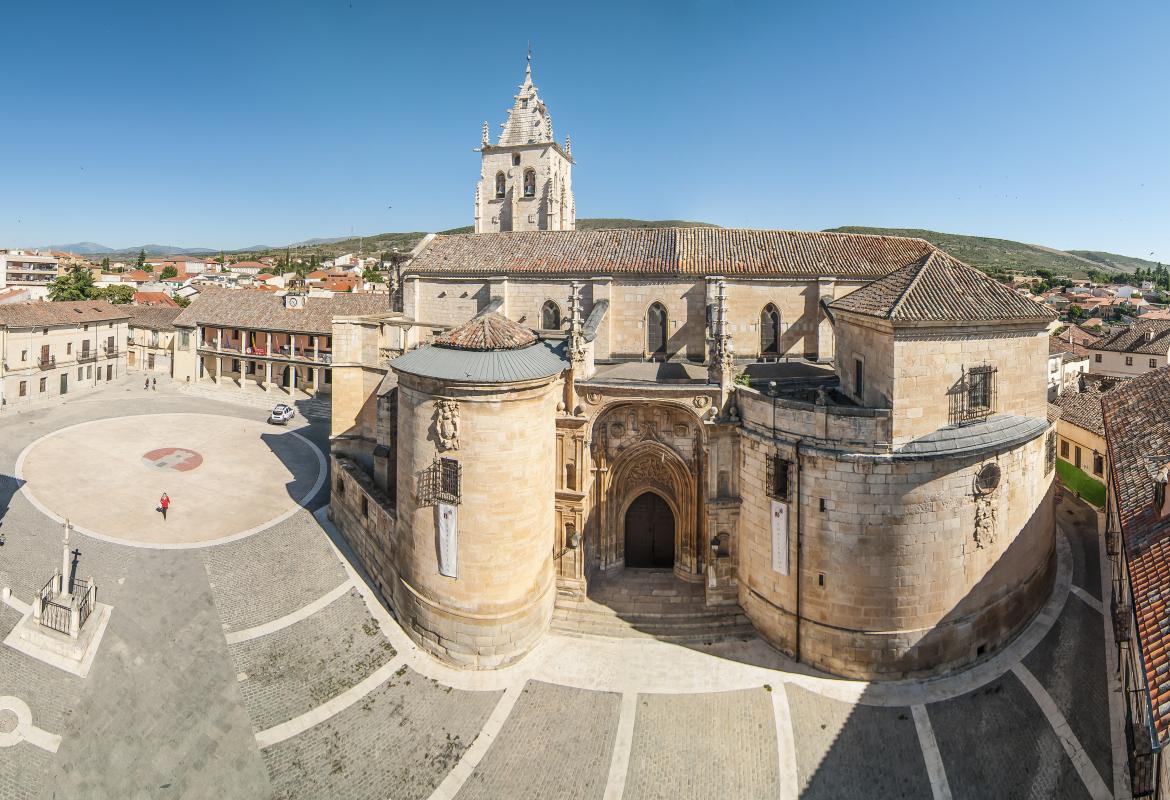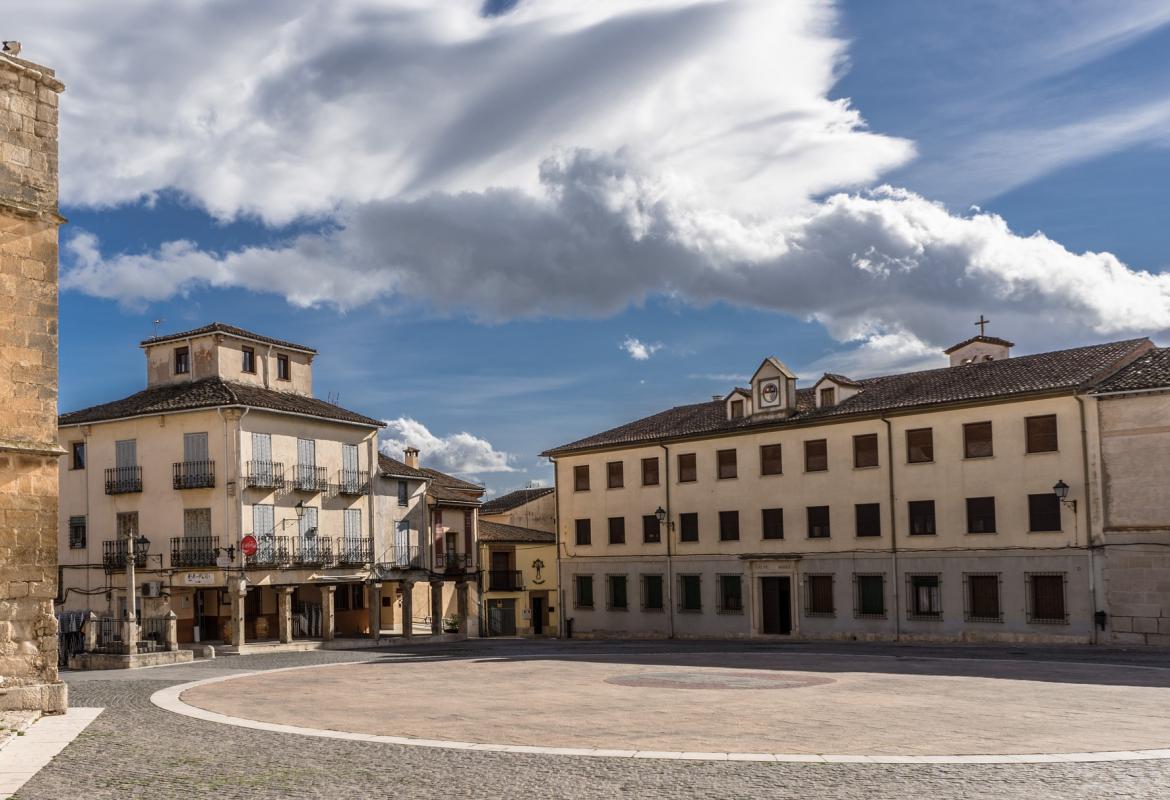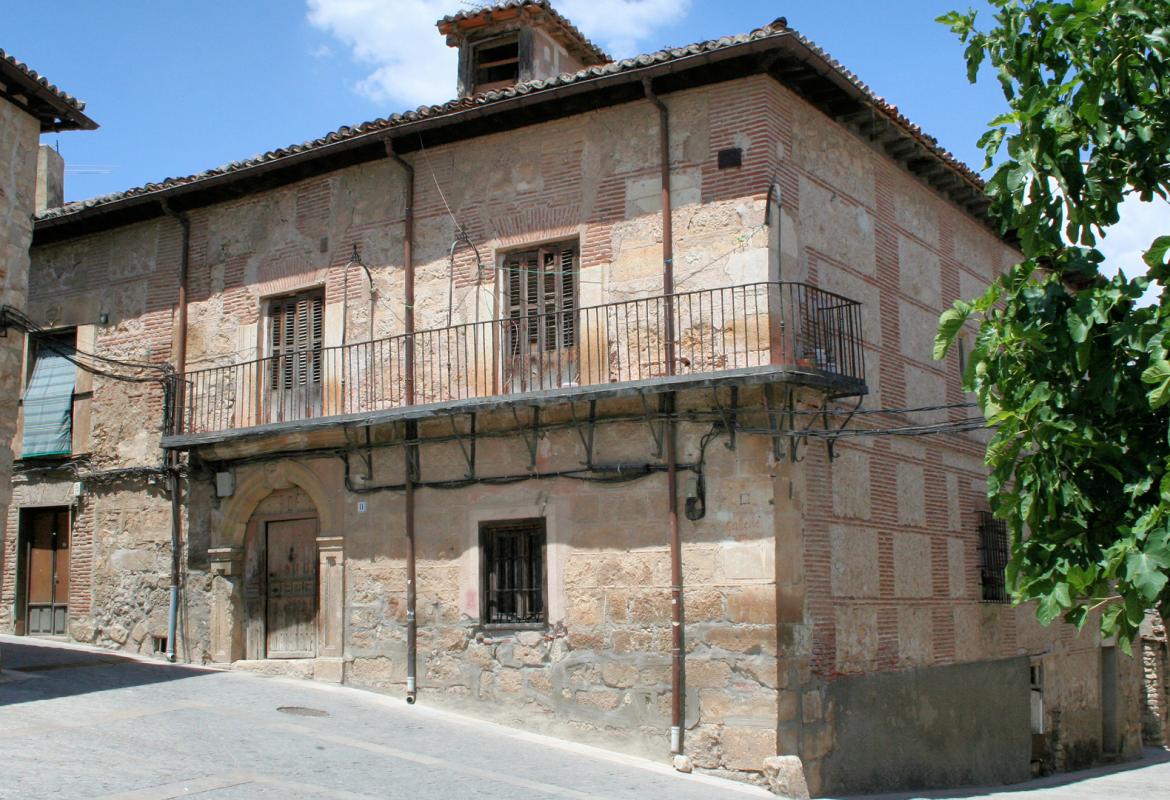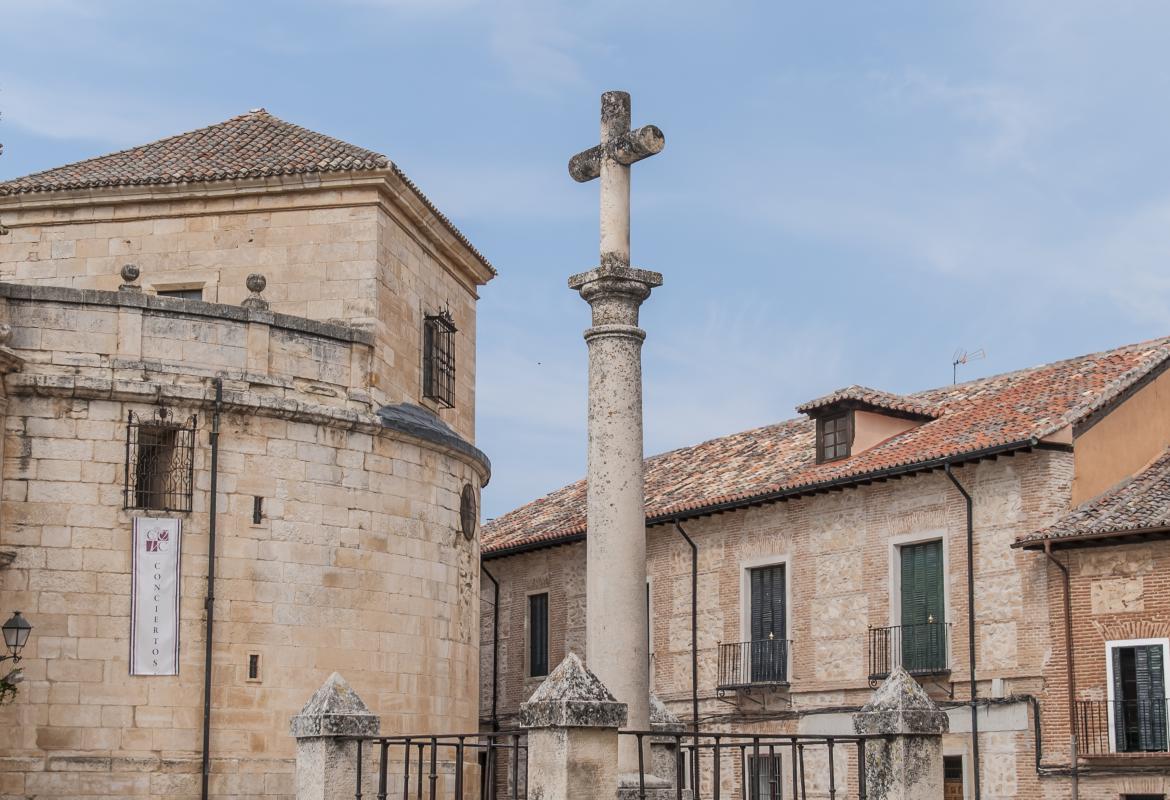
The historical-artistic ensemble of the town of Torrelaguna
A Cultural
Header text
Torrelaguna is a well-known town In the Middle Valley of Jarama to the north-east of the Region of Madrid and bordering Guadalajara. It is also famed for being the birthplace of cardinal Francisco Jiménez de Cisneros and the home town of María Toribia, who would later become Santa María de la Cabeza, wife of San Isidro Labrador. It was declared a National Historical-Artistic Site in 1974.
Nature has also been favourable to Torrelaguna, encircling the area with scrubland rich in lavender, rosemary, thyme, rockrose and broom, as well as poplar, pine and oak trees. It was not by chance that Torrelaguna became the first site of Canal de Isabel II.
Its monumental heritage is considerable: The Parish Church of Santa María Magdalena (XNUMXth C.), Hermitage of San Sebastián (XNUMXth C. ) or the Arteaga Palace or the Palace of El Infantado (XNUMXth-XNUMXth C. ), among others, as illustrated.
Images
The town of Torrelaguna offers in its surroundings, since prehistoric times, human settlements, of which there are also vestiges of the Iberian and Roman times. But it was in the Middle Ages, and as a fortified enclave on the Jarama valley, when Torrelaguna acquired the location and shape that it presents today.
General Information
The first historical data that is possessed is that of its assignment, made in XNUMX, by Alfonso VI, in favor of the Archbishop of Toledo, Don Bernardo, for the services he had rendered him in the taking of Alcalá. In one thousand three hundred and ninety, Juan II segregated it from Toledo's Mitra and made it a royal town. Enrique II confirmed the privileges previously given and granted new ones and Felipe II yielded the jurisdiction and lordship of Torrelaguna to the same town. With the War of Independence it suffered the destruction of its fortifications, of which only today there are remains of the Franciscan Convent. You can see what were two doors, one in the Plaza de Montalbán and another called Puerta del Cristo de Burgos.
Within the enclosure there are numerous houses and palaces of noble construction, most of them emblazoned, such as that of Juan de Salinas, a Renaissance work of which only the facade that overlooks the Plaza de Montalbán remains. In the square formed by the junction of Calle de la Montera with Calle de Burgos there are two other houses of the same style, and some of the popular types of wooden structures are also worth mentioning, mainly on Poeta Juan de Mena and Calle del Hospital. The complex with the greatest emotion and monumental interest is the Plaza Mayor, which houses the two most notable buildings in Torrelaguna: the parish church and the Town Hall. The church consecrated to the Magdalena, is a work of the thirteenth century, renovated by Cardinal Cisneros in the fifteenth; Its factory is made of well-carved granite ashlars and contains a true artistic treasure.Its external appearance is of a great wealth of volumes, mainly on the Epistle side, with a flowery Gothic door, with Renaissance elements and flanked by two cylindrical volumes. . The main façade, to which the tower is attached, is sober and harmonious. Two simple buttresses, finished in pinnacles, divide it by externalizing the interior layout into three naves and framing the large door with Gothic ornaments. Inside, the church is spacious and harmonious and consists of three naves. The altarpiece of the main altar is Baroque and dates from XNUMX. On the altar of the nave of the Gospel there is a Christ of profound expression, called Health, which was gifted by Alexander VI to the Catholic Monarchs. The chapels on both sides contain works of art of great interest and graves of well-known nobles and knights. It is worth highlighting that of San Felipe, in which are the remains of the famous Castilian poet Juan de Mena, who died in this town.
The other notable construction of this monumental complex is the Town Hall, a noble typical Castilian building, with soprtales and a gallery on the upper floor, all supported by pillars and with a pointed door.
In the center of the square a simple cross stands on a granite column, which marks the site where the former Cardinal Archbishop of Toledo and regent of Castile, Francisco Ximénez de Cisneros, was born, whose great work is so appreciated in this town , full of flavor and historical memories.
Image gallery
Photographs: web de Tourism of the Community of Madrid, Torrelaguna tourist office (Carlos Suarez, Guillermo Wolfram and Juan Guerra) and General Directorate of Cultural Heritage (Juan Carlos Marín Lera)












